Raise your hand if Class Dojo has changed your life! Class Dojo is by far one of my favorite tools to ever grace the teaching world.
First of all, I have to say one of my favorite parts about Class Dojo is the iPhone app because my aides can have it on their phone and log in. We are all able to provide positive and negative reinforcement to our students. My aides go to specials and lunch with my students so even when I am not with my class, my aides are able to provide the direct reinforcement. They can be consistent with or without me in the room and consistency goes a looong way with my kiddos!
In the past I have used a variety of classroom management techniques and nothing has ever been as motivating to my kids as Class Dojo. Class Dojo is ideal in a special education classroom because it incorporates the green and red reinforcement system which is a research based behavior intervention THAT WORKS!
Before diving in to my behavior management system, one thing I’ll say is that this is what works for me. Later in this post you’ll read about the million ways I have had to tweak my system to make it work for everyone. You have to know your kids and don’t be afraid to try a few things to figure out what works. I am a weirdo and I actually love behavior. I think behavior makes the world go ’round and it’s one of the reasons I love being a special education teacher. I find so much happiness in figuring out the psychological reasons behind why a child acts a certain way and then helping him overcome it. I always keep in mind the ABCs of Behavior:
- Antecedent- why is it happening?
- Behavior- what happened?
- Consequence- how did you respond to it?
So here’s how it looks in Room 13…
In September I begin with my behavior punch cards to show my students the difference between green choices and red choices. I do this because it is more concrete and in their face and my babies are babies when they come to me so they need that in-your-face approach to learn the difference between a good choice and a bad choice. In the beginning I will give a green for ANYTHING. You picked up your pencil? You get a green! You had your eyes on me? You get a green! You came to school? You get a green! It’s like Oprah Winfrey up in here.
Incorporating a Traditional Color Chart
that all parents will log into Class Dojo and I am a big believer in strong home-school communication, especially when it comes to behavior. So I came up with a system to incorporate Class Dojo with my color chart so we could have all hands on deck. Here is the information that I send home to parents to explain how it all unfolds in our classroom.
Point Reviews
Green to Red Ratio
Modifying the System
- Playing catch with our phys. ed teacher – 30 greens
- Ice cream treat in the cafeteria- 30 greens
- Sitting in the teacher’s chair- 20 greens
- Reading a book with a friend in the hallway- 20 greens

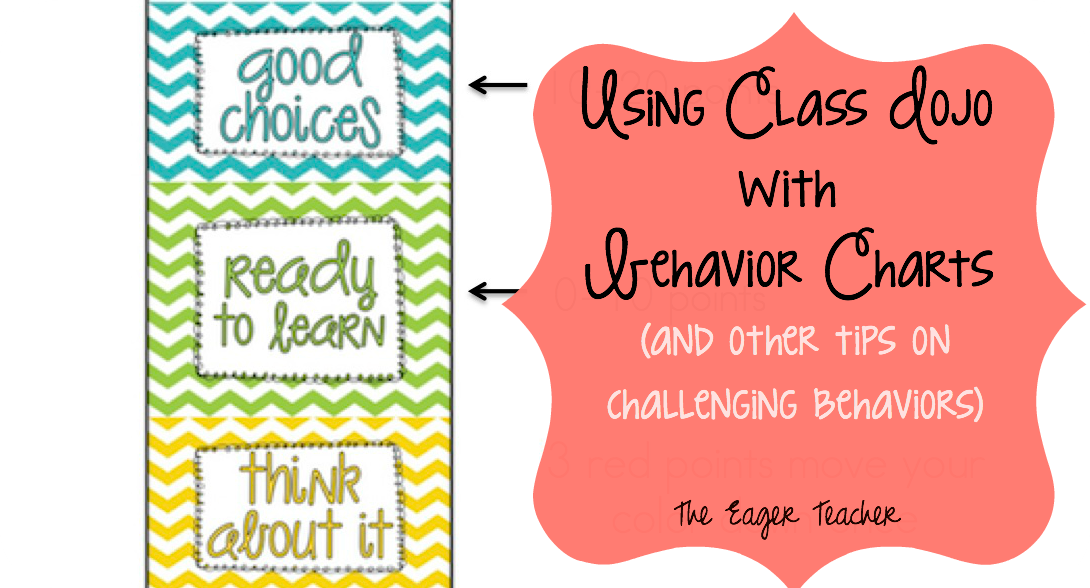
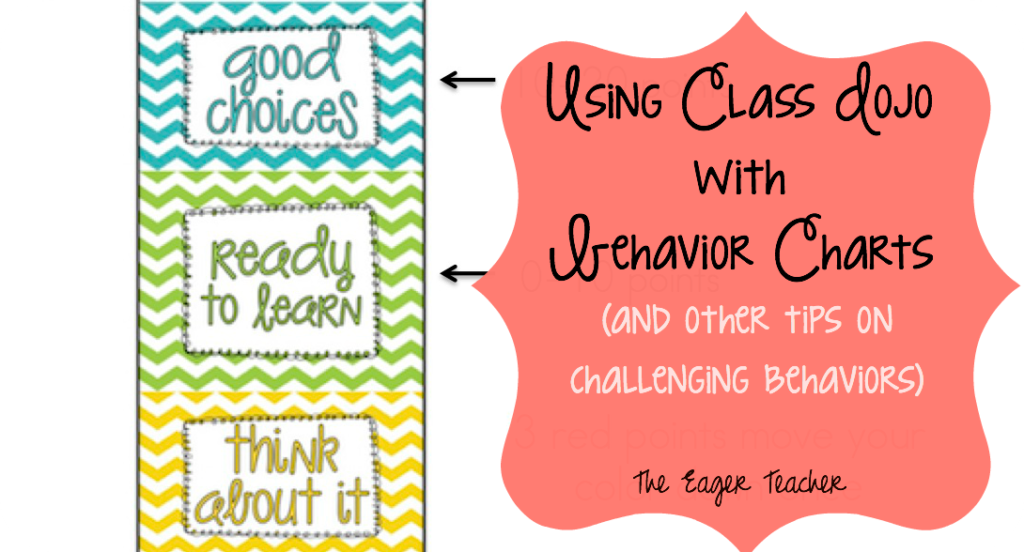
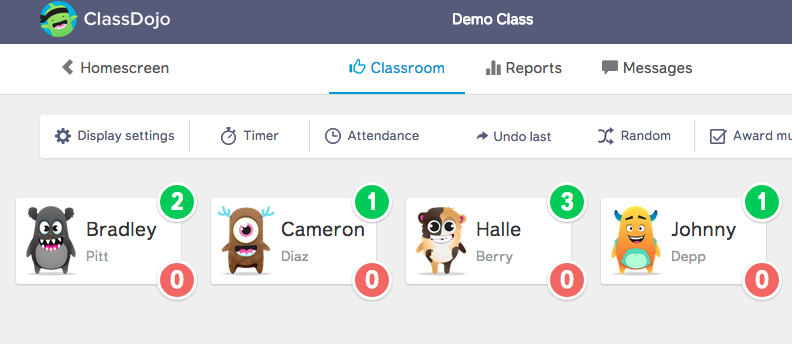
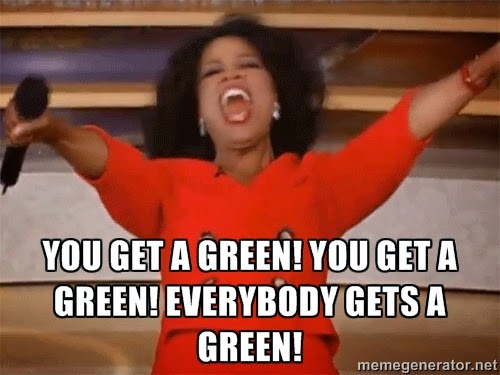
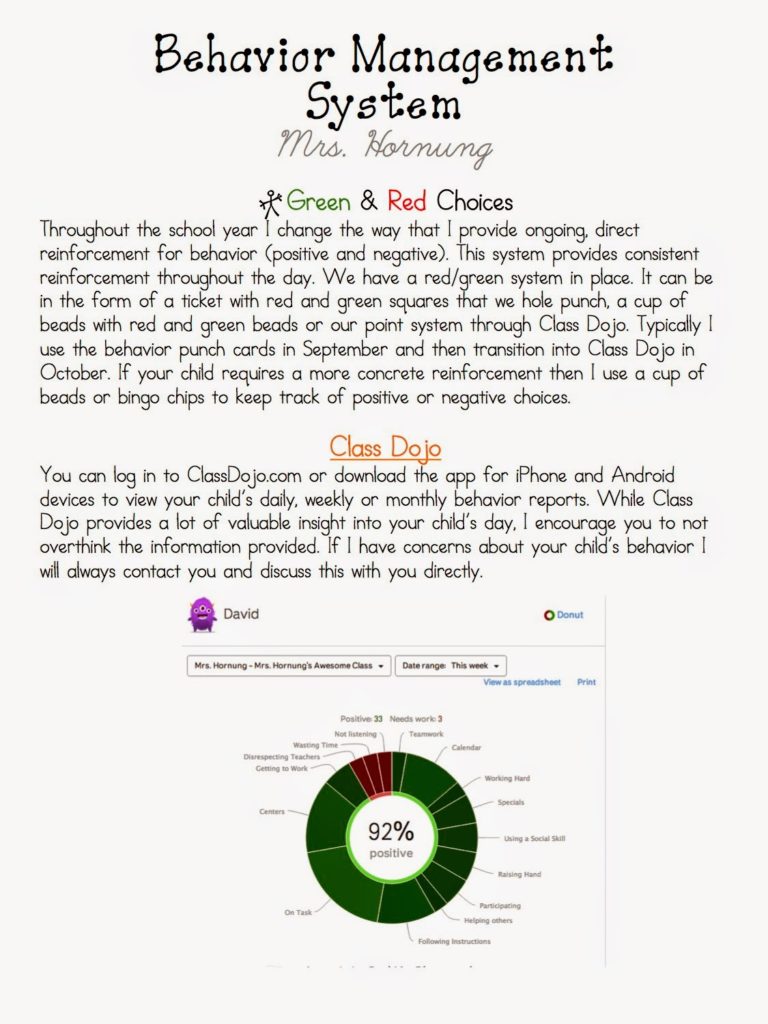
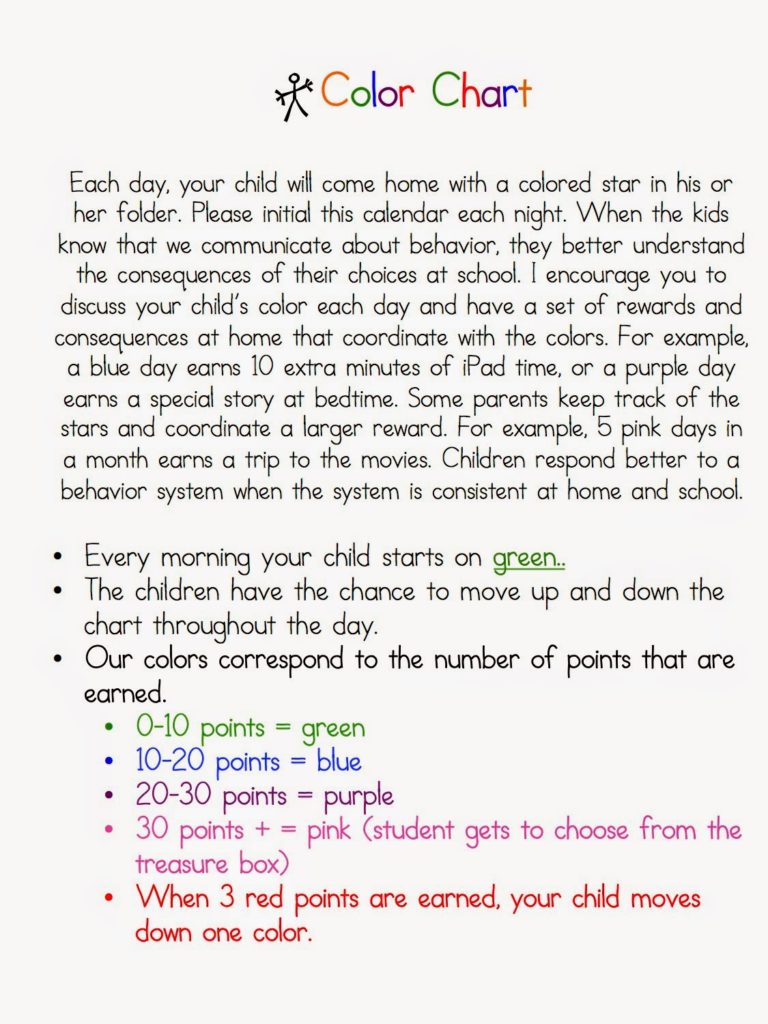
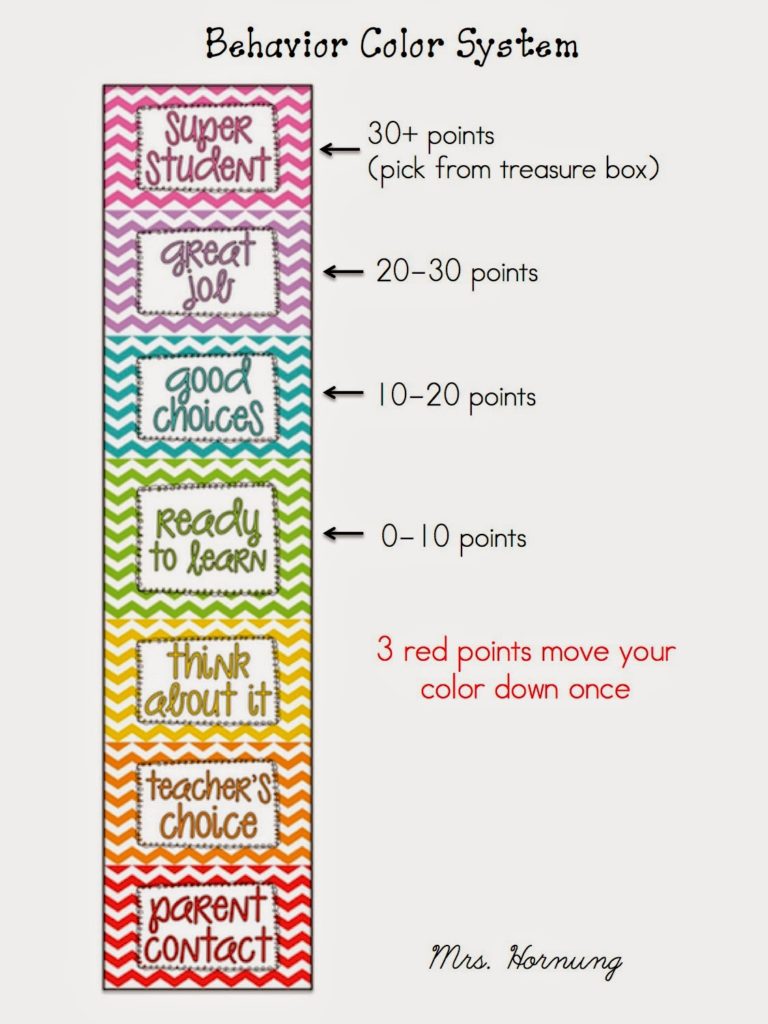
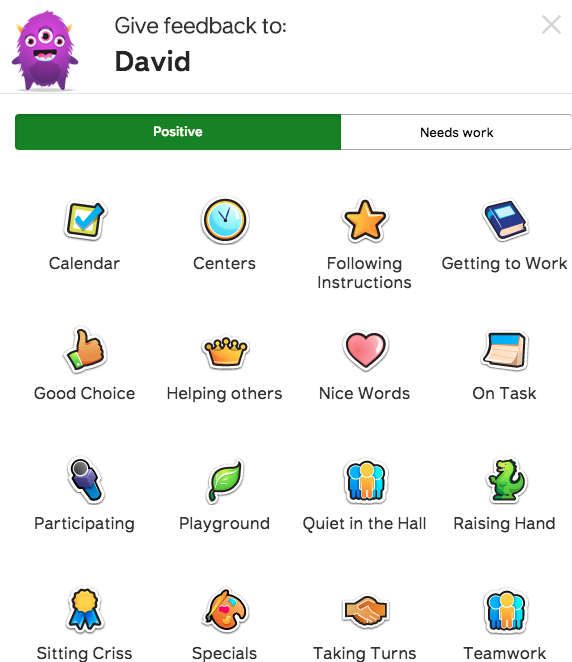
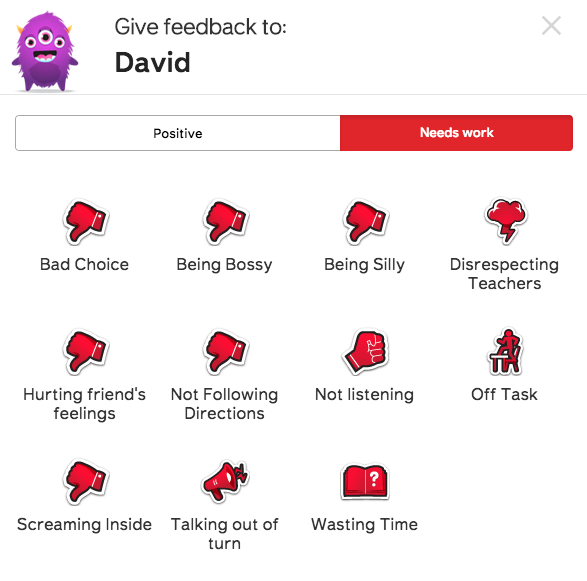
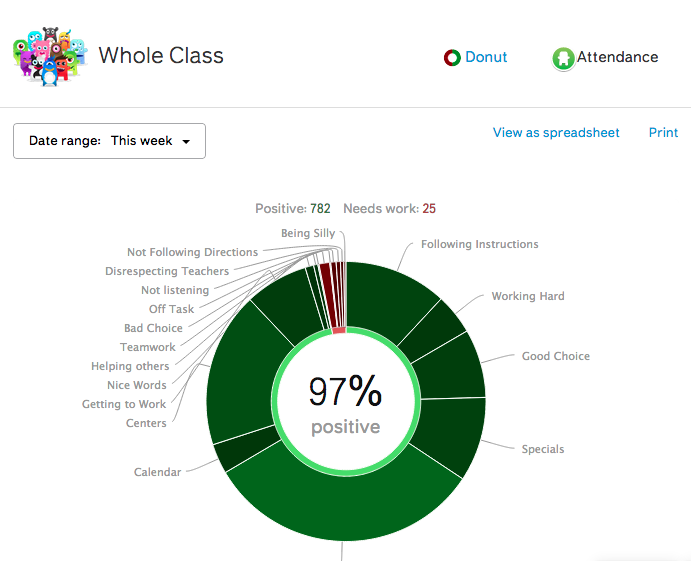
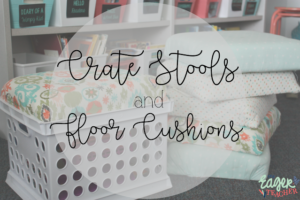



Recently started using Dojo and I love this post! Thanks for all the wonderful ideas
Great way to use Class Dojo in the special ed. class! I love this and may incorporate it into my own behavior management plan this year.
Kim
Mrs. H's Resource Room
Thank you so much for sharing your amazing ideas! Definitely going to incorporate Dojo in my special ed class.
Question? If a student was on the blue with 15 points and then received 3 red points, he would move down one color. Correct? So now he is on green. How many green points would he have to receive to move back to blue? I love this idea, and I want to make sure I understand it completely before I try to implement it into my classroom.
Question? If a student was on the blue with 15 points and then received 3 red points, he would move down one color. Correct? So now he is on green. How many green points would he have to receive to move back to blue? I love this idea, and I want to make sure I understand it completely before I try to implement it into my classroom.
Your green graph chart is great! I saw something similar on http://charts.poweredtemplate.com/powerpoint-diagrams-charts/ppt-powerpoint-education-charts/0/index.html, you can choose from a thousand templates on edu topic. Try to download some.
I think the way you are using it is great and we had that experience with one child and one teacher, but now we have a different teacher using it as a public shaming tool and is documenting pretty much red behaviors and not enough green behaviors (of a child that in all their years of school I have been told they with they could clone that child because they are so well behaved). I don't even know how to talk to this teacher about this because she already seems to negative on classdojo. I am very strongly considering pulling my child out to homeschool because I am concerned what this is going to do to them (emotionally). Because this teacher comes across as very negative on classdojo I fear she will become even more critical of my child than this teacher already is. I wish they would use it the way you use it and this other teacher used it if they are going to use it and not as a punishment tool.
How old are your kids?
I love all your ideas. I am working with kindergarten students with ASD and with three that are non verbal – and I'm trying to figure out how this system will make sense to them and be rewarding. I love how you have it simplified with green and red. How were you able to make your symbols on the needs work side be all red? I love that very clear visual of a red thumbs down and the student at the desk but I don't see those as options. If you can explain how to change and add your own symbols that would be great (is it possible?)
How do you modify the skills icons so that they are all red? On my version I don't see those icons available to use.
Great ideas! I will definitely be implementing some of these ideas in my classroom next school year. Can you provide a link to download/purchase your behavior chart where the students move up and down? Thank you!
Hi: I love your management system. However, I have a question: How often do you reset the Dojo points (daily, weekly, monthly, or never throughout the year)?
Hi: I love your management system. However, I have a question: How often do you reset the Dojo points (daily, weekly, monthly, or never throughout the year)?
What age of students do you use this method with? I teach kindergarten and want to use class dojo and a clip chart I am just not sure how I want to implement it.